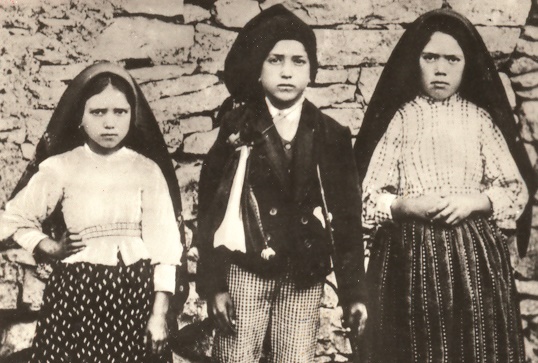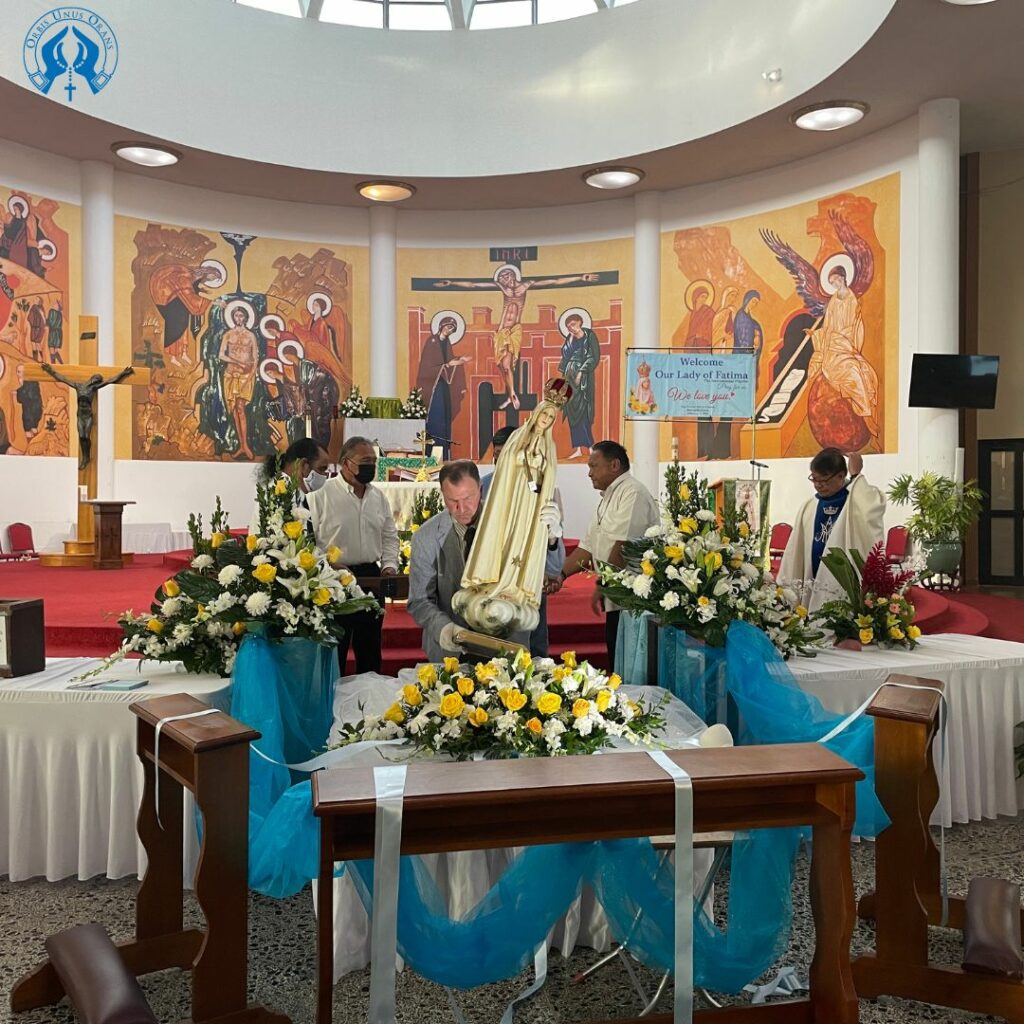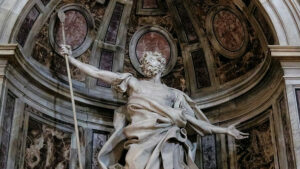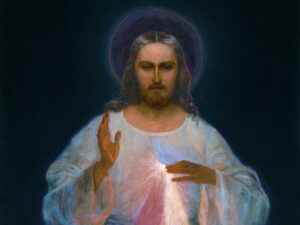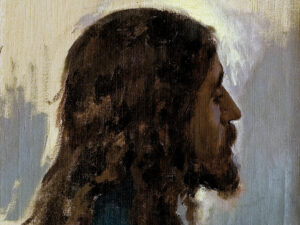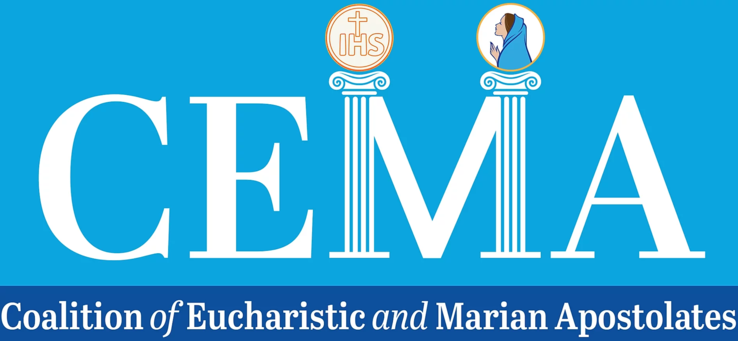by Prof. Michael Ogunu –

The Immaculate Conception is, according to Roman Catholic doctrine, the conception of the Virgin Mary without any stain (immacula in Latin) of original sin. Hence, Mary is sometimes called the Immaculata (the Immaculate One).
The Immaculate Conception was solemnly defined as a dogma by Pope Pius IX in his Ineffabilis Deus on Dec. 8, 1854 as follows:
“We decree, pronounce and define the doctrine which asserts that the Blessed Virgin Mary, from the first moment of her conception, by a singular grace and privilege of almighty God, and in view of the merits of Jesus Christ, savior of the human race, was preserved free from every stain of original sin is a doctrine revealed by God and, for this reason, must be firmly and constantly believed by all the faithful.”
The papal definition of the dogma declares with absolute certainty and authority that Mary possessed sanctifying grace from the first instant of her existence and was free from the lack of grace caused by the original sin at the beginning of human history.
Protestants and other non-Catholic Christians (Pentecostals, etc.) assert that the Virgin Mary could not have been immaculately conceived, and that if she were conceived without sin, she would not have needed redemption as she herself acknowledged in the Magnificat, when she said, “My spirit rejoices in God my saviour” (Lk 1:47). They also maintain that St. John clearly states, “If we say that we have no sin, we deceive ourselves and the truth is not in us” (1 Jn 1:8). They, therefore, wonder how Catholics can claim that the Virgin Mary was sinless.
Another biblical text that protestants and other non-Catholic Christians often cite as being negated by the Catholic Church’s teaching on the Immaculate Conception, is found in St. Paul’s Letter to the Romans: “Sin entered the world through one man, and through sin, death and this death has spread through the whole human race because everyone has sinned” (Rm. 5:12).
These texts raise a question: Does the Catholic teaching on the Immaculate Conception indicate that Mary was not in need of salvation?
The Catholic Church teaches that Scripture supports the dogma on the Immaculate Conception. Thus, in his Apostolic Constitution Ineffabilis Deus, Pope Pius IX primarily appealed to the text of Genesis 3:15, where God told the serpent, “I will put enmity between you and the woman, between your seed and her seed.” According to the Roman Catholic understanding, this was a prophecy that foretold of a “woman” who would always be at enmity with the serpent—that is, a woman who would never be under the power of sin, nor in bondage to the serpent. The enmity between the Virgin Mary and the serpent placed by God was her triumph over sin, her Immaculate Conception.
The Church also finds support for the doctrine of the Immaculate Conception in the words of the Angel Gabriel to the Virgin Mary: “Hail, full of grace, the Lord is with thee; blessed art thou amongst women” (Lk 1:28 [Douai]).She, who was to conceive the Son of God, the Holy of holies, must herself be supremely holy, and therefore, be preserved, not only from actual sin, but also from all stain of Original Sin. The Angel’s words would not have been entirely truthful had the Virgin Mary, for even one instant, been deprived of grace. The verse “Thou art all fair, my love; there is no spot in thee,” from the Song of Solomon (4.7) is also regarded as a scriptural confirmation of the doctrine.
In 1858, the Virgin Mary revealed herself to St. Bernadette Soubirous at the grotto of Massabielle in Lourdes, France, as the Immaculate Conception, thus giving Heaven’s approval to the Bull Ineffabilis Deus of Pius IX.
The Church believes that God’s Son who was to come into the world through Mary’s consent was Himself her savior. Mary as a member of the human race was in need of salvation. However, her salvation was “singular” (unique). In order to help us understand Mary’s need for salvation, theologians distinguish between a “liberative salvation” and a “preservative salvation.” Every member of the human race with the exception of Mary, was liberated from sin and eternal damnation by the Cross of Jesus. In virtue of the Cross of Jesus, Mary was preserved from sin and eternal damnation.
Two illustrations might be helpful in coming to understand the significance of this distinction: If you are wounded by a bullet and I remove it and help you to heal the wound, you might correctly call me your “savior.” However, would I not be more properly your “savior” if I had preserved you from being shot in the first place? Again, I might save you from being burned to death in a fire. I could liberate you from the flames and save your life. Would I be any less your “savior” if I preserved you from even falling into the destructive flames? Every member of the human race, except Mary, is wounded by the sin of Adam. We are liberated from Adam’s sin by the grace of Jesus Christ. Mary, also by Christ’s grace, was preserved from being wounded by the sin of the race in her conception. In this way, Jesus saved her from sin and the effects of sin. You and I and all mankind are liberated from the “fire” of sin and eternal death in hell through the saving grace of Our Lord Jesus. We receive this grace in baptism and if we fall into mortal sin, through sacramental confession. Baptism, so to speak, “pulls us out of the fire.” When we deliberately fall into the fire again through our deliberate mortal sins, the Lord rescues us through the Sacrament of Reconciliation. Mary, by Jesus’ grace, was preserved from ever falling into that fire.
The Catholic Church does not deny that the Virgin Mary needed redemption, for she was a child of Adam together with the rest of humanity. However, her redemption was effected in another, more sublime manner, namely, “redemption by pre-emption.”
Consequently, in reference to Mary, the Church strongly affirms these Scriptural truths: Mary is indeed saved from sin and Jesus is her savior!


Prof. Michael Ogunu is the president and coordinator of the World Apostolate of Fatima in Africa.


